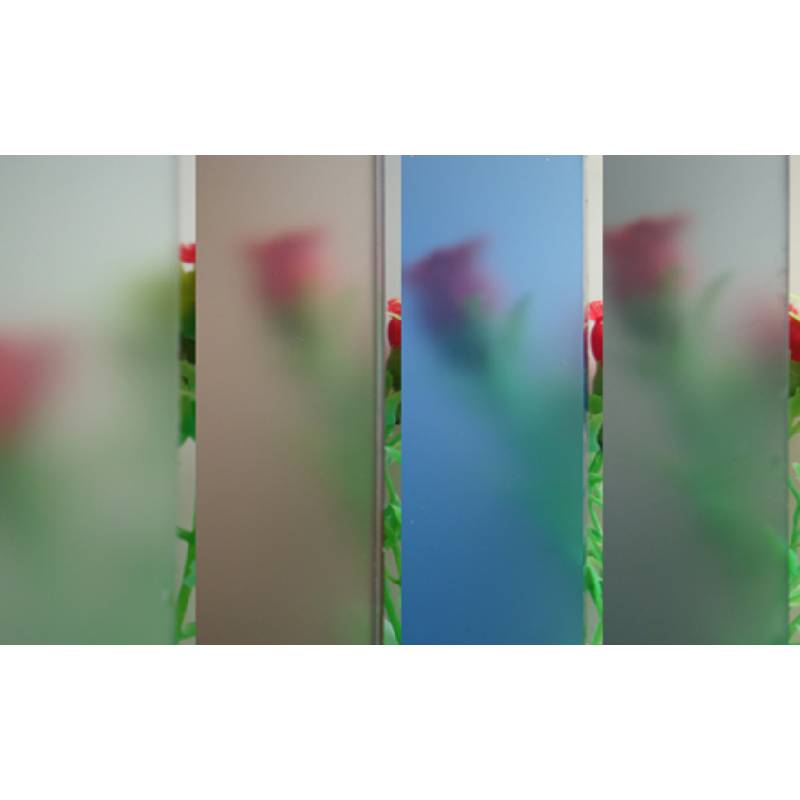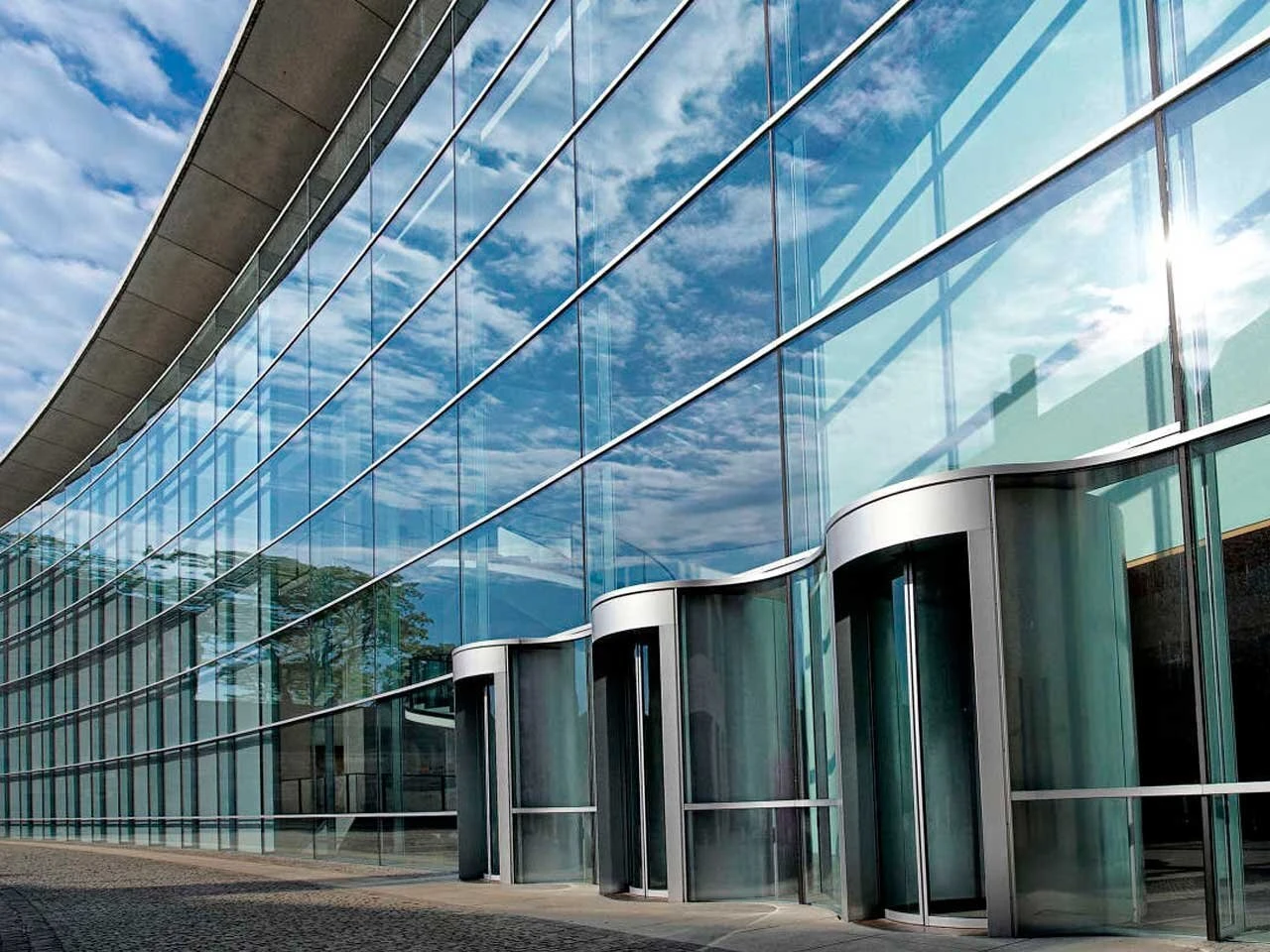Extra clear float glass, often referred to as ultra-clear or low-iron glass, has revolutionized various industries with its unparalleled transparency and premium aesthetic qualities. Renowned for its superior clarity, it minimizes the greenish hue found in standard float glass due to the reduced iron content, making it the preferred choice for applications demanding high optical clarity and minimal color distortion.

In the world of architecture, extra clear float glass stands out as an epitome of innovation, offering architects and designers a versatile material that seamlessly merges functionality with beauty. Its ability to allow maximum light transmission without the green tint is particularly beneficial in constructing facades, windows, and skylights in modern structures seeking to enhance natural lighting. The material's remarkable transparency is also invaluable in creating visually connected spaces, fostering an uninterrupted indoor-outdoor experience.
Beyond aesthetics, extra clear float glass is engineered to meet the highest standards of structural integrity. Its manufacturing process ensures a durable, scratch-resistant surface, making it suitable for high-traffic areas such as commercial buildings and retail environments. The strength and resilience of this glass give it an edge in projects where both safety and visual clarity are paramount, like railings, partitions, and balustrades.

In the realm of interior design, extra clear float glass offers endless possibilities. Its neutral appearance adapts to any color scheme, adding an ultra-modern and sophisticated look to interiors. Designers frequently opt for this glass in custom furniture, cabinetry doors, and shower enclosures, where clarity is desired without compromising on strength and functionality. Furthermore, its compatibility with various types of coatings and treatments allows for customization, providing designers the liberty to explore creative finishes like frosted or tinted surfaces.
The photovoltaic industry has also embraced extra clear float glass for its excellent light transmission properties. In solar panels, the enhanced clarity maximizes energy absorption, directly translating to higher efficiency and output. This transition to a cleaner, more efficient glass material supports the global push towards renewable energy sources, offering a sustainable solution without sacrificing performance.
extra clear float glass
Art installations and museum displays further benefit from the unique qualities of extra clear float glass. Curators and artists seek glass that does not detract from exhibits, offering viewers an undistorted perspective. The minimal reflection and absence of color distortion in extra clear glass ensure that artworks and historical objects are displayed in their true form, preserving their integrity and authenticity.
For industries with stringent demands regarding hygiene and cleanliness, such as the medical and pharmaceutical sectors, extra clear float glass provides an ideal surface. Its non-porous nature prevents bacterial growth,
while its smooth surface makes it easy to sanitize. These features make it a practical choice for the manufacture of laboratory equipment and medical facilities, where clarity and strict hygiene standards are non-negotiable.
With growing environmental awareness, extra clear float glass manufactures prioritize eco-friendly production methodologies. Reducing iron content not only enhances clarity but also contributes to a lighter environmental footprint, ensuring that this material remains a sustainable choice in modern construction and design.
In summary, extra clear float glass is more than just a construction material; it is a symbol of advancing technology and design. Its combination of transparency, strength, and versatility marks it as an essential component in a wide array of applications, from high-end architecture and interior design to cutting-edge energy solutions and scientific environments. As industries continue to evolve, this glass stands at the intersection of aesthetics and performance, embodying a future where design and functionality coexist seamlessly.



